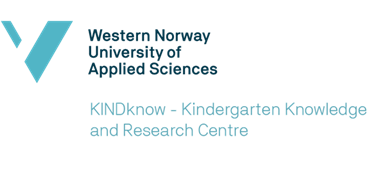About the journal
Nordisk barnehageforskning (Nordic Early Childhood Educational Research) publishes original articles of high scientific quality that further develop and encourage the ongoing discourse on preschools and preschool teacher education in the Nordic countries. NBF is an arena for preschool-related research in the Nordic countries with a broad thematic and methodological orientation. The journal is heightening awareness of Norwegian preschool research by connecting it to larger networks in the Nordic countries and the broader international context.



